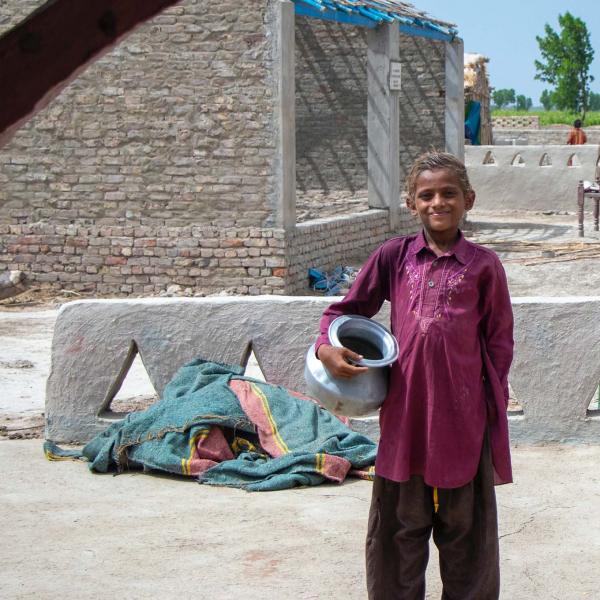Twenty years ago, fewer than one person in ten lived in private rented accommodation. One in five does so today. Among those aged between 25 and 34, the proportion renting in the private sector has tripled to over 30 per cent.
That is an extraordinary social change occurring over a short period and overturning decades of change in the other direction. Private renting had been in decline since the early years of the 20th century. Most rental properties ended up in the social sector, while home ownership rose generation by generation. That has gone into sharp reverse. Fewer than half of 25 to 34-year-olds are now owner-occupiers, down from two thirds only 20 years ago.
The change has been especially dramatic for those on middling incomes. High-earners are still very likely to own their own home. For the poorest, the shift has been out of social renting and into private renting. But for the middle-income group, those on modest levels of earnings, the shift has been away from owner-occupation and into private renting.
This is having, and will continue to have, profound economic, social and political consequences. As more people lack capital in the form of housing, perhaps they will become less enamoured of capitalism. If middle-earners now feel more in common with their fellow renters among the poor, and less in common with high-earning owner-occupiers, perhaps their political allegiances will change. The march towards the “property-owning democracy” of which generations of politicians have dreamt has gone into sharp reverse.
One particular and immediate consequence comes through our social security system. If you are in rented accommodation and your income is low enough, then you can receive housing benefit to help to cover your rent. Growing numbers of private tenants, as well as increasing rents in the social sector, have pushed up the costs of this part of the benefit system to quite eye-watering levels.
It remains the case that more of this money is spent on the generally poorer population of social tenants than is spent on private renters, but that balance is changing. Spending on housing benefit for private tenants has doubled in real terms over the past decade. More than a quarter of all private renters — that’s one and half million households — receive some housing benefit.
You wouldn’t expect these facts to have escaped the eagle eye of the Treasury and, indeed, they haven’t. The inexorable rise in spending has, in fact, been halted by £3 billion-worth of cuts implemented since 2011, with more in the pipeline. One of the most important changes has been to reduce the maximum amount of rent that housing benefit will cover. The result is that many fewer people on very low incomes get the whole of their rent paid than would have been the case without the reforms. This is clearly a significant contributor to the financial difficulties faced by many poor families.
Yet that fact has to be set against the sheer cost of the system. It remains the case that, in high-rent areas, a family with one child can still receive as much as £15,000 a year to cover the rent on a two-bedroom property.
What we have is a system that satisfies nobody. It costs the taxpayer a fortune. It leaves many very low-income people in financial difficulties, while still paying out large sums of money and supporting some to live in areas where many not on housing benefit cannot afford to live. It can also have a damaging effect on work incentives since these large benefit payments are withdrawn as earnings rise.
Recent reforms have introduced a bizarre feature into the system, which means that the maximum amount of rent that is covered depends on rents in their area in 2012. This is baked into the system and will mean an increasing divergence between actual housing costs in different areas and benefit entitlements. Those living in areas where rents rise quickly will find life increasingly difficult. There may be a case for breaking the link between actual rents and benefit payments. It lessens the risk that the benefit system will itself drive up rents. But this is a very odd way of breaking that link.
The future also looks worrying. We don’t know what will happen to the present young generation of renters. Many no doubt will become owner-occupiers later in life. But if they don’t, they will end up eventually in retirement facing costs of rent, costs that the taxpayer may well end up paying through the benefit system. That’s expensive for the taxpayer and drives a coach and horses through a pension policy aimed at keeping people off means-tested benefits in retirement and providing them with clear incentives to save.
In the end, of course, the benefit system is simply trying to deal with the mess left by other failings in the economy and in the housing market. The burden it is bearing has grown as the private rented sector has grown, and it has grown far beyond anything it was designed to bear. William Beveridge called it the problem of rent. It is a problem that has become much more pressing over the past decade.
This article was first published in The Times and is reproduced here in full with permission. Paul Johnson is director of the Institute for Fiscal Studies. Follow him on twitter @PJTheEconomist.









